Phil Ivey – Poker’s Greatest of All Time?
 by Howard Swains
by Howard Swains10 minute read
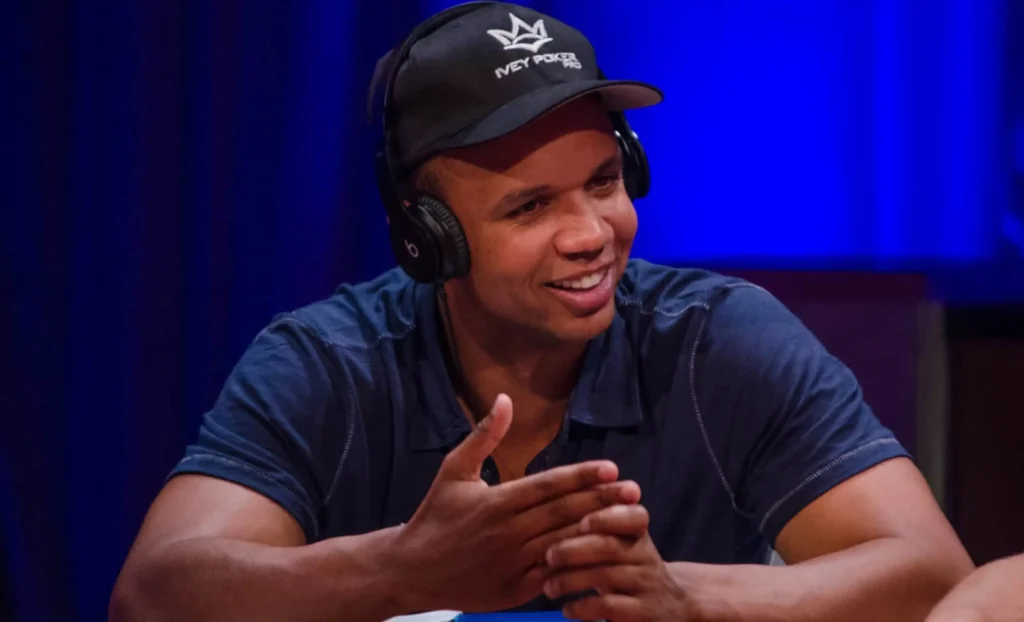
No matter how many superstars occupy the top echelons of any sport, there always tends to be one who stands taller than the rest—a near-mythical superhuman against whose talents all others are judged.
In golf, it is Tiger Woods. Basketball has Michael Jordan. Hockey looks to Wayne Gretzky. In poker, that man is Phil Ivey – a player whose abilities and achievements regularly earn him the highest-ranking acronym: GOAT, or Greatest of All Time.
Ivey has the numbers to warrant the superlatives, including 10 World Series of Poker bracelets, from 31 final tables, and documented live tournament winnings of more than $35 million. His skills are so prodigious that he even inadvertently forced a rule change in the admissions policy for the Poker Hall of Fame. Organisers were forced to mandate that players needed to be 40 or older to qualify; Ivey was so transcendent so young that he had repeatedly been nominated while he was still in his 30s. (He was, of course, inducted the first year he was eligible.)
In addition to his startling numbers, much of Ivey’s appeal comes from his aura. Despite an unfailingly personable manner in interviews (or when he politely rebuffs the request), Ivey retains the kind of mystique that characterises the true elite. He often disappears from the mainstream tournament scene for months on end, prompting wild speculation as to his endeavours. And then he returns, unflustered and without finding need for explanation, imposing himself on the poker world afresh.
Occasional stories leak out, about eye-watering cash games in far-flung districts, or crazy business ventures that paint Ivey as everything from venture capitalist to dotcom founder to music impresario. He has also ended in a courtroom more than once, following gambling sessions in which Ivey’s ability to spot an edge has threatened to bankrupt centuries-old institutions.
But it remains as a poker player where Ivey’s talents are most abundant. And there is little sign that his career is even slightly close to its conclusion. The best might even be yet to come.
Phil Ivey’s Biggest Tournament Results
| Date | Buy-In | Event Title | Winnings |
|---|---|---|---|
| 2014 | A$250,000 | Aussie Millions Poker Championship | $3,582,753 |
| 2012 | A$250,000 | Aussie Millions Poker Championship | $2,058,948 |
| 2015 | A$250,000 | Aussie Millions Poker Championship | $1,710,854 |
| 2018 | HK$1,000,000 | Triton Poker Montenegro | $1,666,480 |
| 2008 | $10,000 | WPT LA Poker Classic | $1,596,100 |
| 2009 | $10,000 | WSOP World Championship | $1,404,014 |
| 2022 | $100,000 | WSOP High Roller | $1,172,659 |
| 2022 | $75,000 | Triton Poker Cyprus | $1,170,000 |
| 2019 | £100,000 | Triton Poker London | $1,066,169 |
| 2005 | $25,000 | Monte Carlo Millions | $1,000,000 |
‘No Home Jerome’ – the Start of Phil Ivey’s Poker Career
Phillip Dennis Ivey, Jr. was born in Riverside, California, on February 1, 1977, but moved with his family to Roselle, New Jersey, as an infant. For someone who has spent so much of his adult life in the glare of the spotlight, relatively little is known about Ivey’s apparently unremarkable childhood and adolescence.
The next Ivey sighting is deliciously shrouded in intrigue: he appeared at the poker tables of the casinos of Atlantic City clutching the ID of a man named Jerome Graham. ‘Graham’ was a raw but dedicated player, a fixture at the seven-card stud tables of the Taj Mahal for marathon sessions.
Sometimes he would miss the last bus home – or could not afford the ticket, having lost every cent to his name – and would be forced to sleep under the Boardwalk. Regulars apparently dubbed him ‘No Home Jerome’, although Ivey latterly stated that some of the stories about his itinerant lifestyle have been exaggerated.
What is not in dispute is that for the teenage Ivey, who was working as a telemarketer during the day, the appeal of the double life was very simple: Jerome Graham was over 21 and therefore legal to play in Atlantic City.
Even at this age, Ivey was fixated on becoming a poker professional but didn’t yet have the game to match his ambitions. “I didn’t know anything,” he told Bluff years later. “I just thought, in my mind, I’m going to make this work and I didn’t have another option. In my mind I didn’t even think that it was possible for it not to work out.”
From $3/$6 Stud to Tournament Megastar
It was during this period that Ivey forged some of his lifelong friendships, including with a couple named Pat and Mel Humphries, with whom he used to eat lunch and discuss his future. The Humphries latterly became Ivey’s most prominent fans, appearing on the rail of major events wearing T-shirts and rosettes bearing Ivey’s face.
Ivey always remembered the support they had offered and obliged them with conversation and photos; the diffident megastar turning away from the TV cameras but happy to pose with apparently eccentric pensioners stalking him from the sidelines.
Having toughed it out as an inexperienced, underage grinder, Ivey was a different proposition when he returned to the tables under his own name, after turning 21 in February 1998. He progressed rapidly through the stud games of Atlantic City – from $3/$6 up to $75/$150, the biggest on offer at the time. He had protected his bankroll by adopting a much tighter style in his early years as a player, but also now began experimenting with tournament poker, which permitted more expansive play.
His first documented tournament cash is recorded from December 1998, where he finished first in a ‘Customer Appreciation Invitational Tournament’ at the Tropicana Hotel, banking $1,000. The tournament was presumably a freeroll offered to the cardroom’s most committed customers, but within 18 months, the erstwhile rewards grinder was transformed into the tournament titan we know today.
Phil Ivey at the WSOP
Ivey won his first major tournament in April 2000 at the Jack Binion World Poker Open, in Tunica, Mississippi, beating a field of 297 in a $500 buy-in event. It was worth $53K. That same month, Ivey was at his first World Series final table in Las Vegas, finishing fifth in a $2K no limit hold’em tournament. And five days later, he had his first bracelet, beating a field of 100 of the world’s best PLO players. The final table featured three future Poker Hall of Famers – Ivey, Phil Hellmuth and Dave Ulliott – as well as the veteran rounder Thomas ‘Amarillo Slim’ Preston.
Ivey beat Preston heads-up, despite a relentless barrage of chit-chat from the old-timer, attempting to unsettle the young pretender. It turned out to be Preston’s final appearance at the World Series, with the baton transferring effortlessly to the king of the new guard.
Ivey was also only the second African American player to win a WSOP bracelet. Despite poker’s gradual sweep of the world, the game is still predominantly white. Ivey both upended and transcended tradition, and continues to do so today.
Ivey’s tournament results for the decade following his breakthrough demonstrate relentless consistency during the precise period that poker’s popularity surged and fields grew. At the World Series in 2002, Ivey made five final tables and won three bracelets, in seven-card stud, stud hi/lo, and S.H.O.E. He also made his first deep run in the WSOP Main Event, finishing 23rd in the tournament eventually won by Robert Varkonyi.
There were another three final tables the following year, plus a fifth career bracelet in 2005, this time in PLO. Ivey won two more bracelets in 2009 – in deuce-to-seven draw and Omaha/seven-card stud hi/lo mix – and also made the Main Event final table, finishing seventh, before a HORSE title in 2010. He made five final tables in 2012, but only collected bracelets nine and 10 in 2013 and 2014, respectively, the first of which came as the WSOP expanded to Australia.
In stark contrast to Hellmuth, the most decorated WSOP player, Ivey’s bling comes entirely from non-hold’em tournaments. Thirteen of Hellmuth’s 16 titles are from hold’em, whereas each of Ivey’s 10 come from mixed games. Ivey’s WPT title, won at the 2008 Los Angeles Poker Classic, was in hold’em, however, and he also finished runner-up in an EPT Main Event, during the tour’s second season.
Phil Ivey’s WSOP Bracelets
| Date | Buy-In | Event Title | Winnings |
|---|---|---|---|
| 2000 | $2,500 | Pot Limit Omaha | $195,000 |
| 2002 | $2,500 | 7 Card Stud Hi/Lo | $118,440 |
| 2002 | $2,500 | S.H.O.E. | $107,540 |
| 2002 | $1,500 | 7 Card Stud | $132,000 |
| 2005 | $5,000 | Pot Limit Omaha | $635,603 |
| 2009 | $2,500 | No-Limit 2-7 Draw Lowball | $96,367 |
| 2009 | $2,500 | Omaha Hi/Lo / 7 Card Stud Hi/Lo | $220,538 |
| 2010 | $3,000 | H.O.R.S.E. | $329,840 |
| 2013 | A$2,200 | Mixed Event | A$51,840 |
| 2014 | $1,500 | Eight Game Mix | $166,986 |
The Birth of the Poker Boom
Ironically, Ivey’s role in the real ignition moment of the poker boom is perhaps one of his most painful memories. In 2003, Ivey was at the peak of his powers and seemed to be a near-certain bet to make the final table of the Main Event with only 10 players left. In a pivotal pot against a certain Chris Moneymaker, Ivey turned a full house with pocket nines, against Moneymaker’s trip queens. They got all their chips in the middle, with Ivey an 83% favourite to double up. But a miracle ace landed on the river, making Moneymaker a better full house and sending Ivey out.
The online satellite qualifier Moneymaker went on to win the Main Event title and the game of poker exploded. But although this hand meant Ivey left the WSOP Main Event that year with only $83K (Moneymaker’s win was worth $2.5 million), the boom in the internet game helped Ivey make the money back, and probably far more.
Ivey became an inaugural member of Team Full Tilt, the cadre of front-line pros who became the figureheads of the nascent online cardroom. With a reputation for embracing all variants and relishing the highest stakes, it made perfect sense that Ivey was immediately suited to the online game. He quickly found a home at the nosebleed cash tables on Full Tilt during their most populated period, and six-figure skirmishes came thick and fast.
Among the Giants – From Full Tilt to the Ivey Room
With opponents such as Viktor ‘Isildur1’ Blom, Ilari ‘Ziigmund’ Sahamies, Patrik Antonius and Tom Dwan also regulars at the tables, Ivey was frequently involved in the most intense action – usually playing $500/$1,000 PLO. In addition to earnings from his lucrative sponsorship and rakeback arrangement with the site, he also hauled in the profit by more traditional means. According to High Stakes Database, which tracks the online game, Ivey’s annual profit on Full Tilt through the years 2007-10 was $2m, $7m, $6m and $2.2m. The events of Black Friday, in 2011, ended this unique period in poker history, and the subsequent unravelling of Full Tilt’s scandalous secrets persuaded Ivey to step back from the game.
He took as principled a stance as possible in the fallout, refusing to play the WSOP in 2011 when other players couldn’t because of their frozen funds, but still received plenty of criticism for his supposed role in the scandal. Other high-profile players suggested Ivey’s role in the business was minimal – certainly in comparison with the founders Howard Lederer, Chris Ferguson and Ray Bitar. When Full Tilt returned, Ivey did too, this time under the screenname ‘Polarizing’. But he no longer had it his own way, and Polarizing is recorded to have lost $6.3 million.
For any normal gambler, sums like these might be career-ending, but Ivey’s is simply punctuated by them. He is rumoured to have won $16 million in three days, playing $25K/$50K hold’em against the billionaire Andy Beal. Meanwhile, he spent many years as a fixture in Bobby’s Room at the Bellagio, Las Vegas, location for the biggest US-based cash games in the city he calls home. When the Aria launched a supposed rival to Bobby’s Room, they called it the Ivey Room – a name that stayed until 2019. By that point, Ivey was reportedly finding games of even higher stakes in Asia, playing most of his poker out of the public eye.
He was also learning new skills.
Phil Ivey Cheating? Edge-sorting and Casino Controversies
During the earlier period of his poker career, Ivey was known also to have a predilection for craps – a familiar leak for many less disciplined poker players, particularly of the old school. However, although Ivey maintained an interest in casino table games, his keen eye helped him find what should have been a far more lucrative pastime at the punto banco baccarat tables. That is, if the oldest adage in gambling, that the house always wins, hadn’t been true.
Ivey’s exploits at the punto banco tables have earned him far more recognition in the mainstream than even his poker. The short version is that over several sessions of punto banco, Ivey won at least $10 million at the Borgata Casino in Atlantic City, and around £7.3 million at Crockfords in London – astronomical sums in what is essentially a break-even game, with the house a very slight favorite.
In both casinos, Ivey found a way to swing that advantage in his direction, exploiting slight imperfections in the patterns on the back of some cards. Ivey and a friend requested the decks to be turned in a specific direction so they could identify the discrepancies in the patterns – a process called ‘edge sorting’. The unwitting casinos obliged the requests, as they would any high roller’s apparently superstitious whims. But with this additional knowledge, Ivey and his partner managed to book these incredible wins.
Long court battles followed when the casinos caught on, with the Borgata making claims for their millions, plus legal fees, and successfully seizing assets (including money from a WSOP tournament), while Crockfords simply refused to pay out. The controversy and the legal impasse lasted for many years before both were settled. By that point, Ivey had developed mainstream infamy as the gambler who outwitted the unimpeachable institutions, but who was, rightly or wrongly, made to pay.
Living in the Moment
Among poker fans, the punto banco controversies simply added to Ivey’s enigma. They continue to lap up whatever scraps Ivey can throw their way. In a candid 2020 interview conducted by his fellow high roller Barry Greenstein, Ivey admits to an obsessive personality, driving him to extreme lengths to succeed in any pursuit. Yet he also hints at a more sedate life away from the tables, stating that he has a stake in a restaurant and manages some recording artists, and that he enjoys golf, meditating, yoga, reading, and hanging out with family.
“People ask questions like, ‘What are you going to do if poker stops tomorrow?’” Ivey says. “But my mind doesn’t work this way…My thing is I try to live in the day and live in the moment. I don’t really think about what I’d be doing if this [or that] happened. I think that’s a big problem for people. They start thinking about all these future scenarios in their heads and they have anxiety out of nowhere. For me, I try to stay in the present as much as I can.”
The present for Ivey is simple: no matter the stakes and no matter the game, he will be there, and he will be the best player at the table.
FAQ
Why do people say Phil Ivey is the greatest poker player of all time?
At 188cm tall and around 176lbs, Ivey is not the biggest poker player in the world physically. Additionally, his tournament results, while extremely impressive, place him only on the edge of the world’s top 10 tournament players. What marks Ivey out as potentially the G.O.A.T. is the standard of opposition he has consistently faced in his multiple decades as a professional, as well as his cash game results. Altogether, Ivey is believed to have accumulated a net worth of around $100 million.
Who is Phil Ivey’s wife?
Phil Ivey was previously married to Luciaette Ivey, but they divorced in 2009.
Where does Phil Ivey play poker?
Ivey has long been a fixture in high stakes poker rooms and casinos from Las Vegas to Macau, London, Atlantic City and all across the world. When it comes to being a poker ambassador, Phil Ivey agreed a deal in late 2022 to represent the World Poker Tour (WPT), having previously been affiliated with brands including Full Tilt Poker, Poker King and his own poker training site, Ivey League.
What awards has Phil Ivey won?
Ivey was named All In Magazine’s Poker Player of the Year in 2005 and 2009, and was elected to the Poker Hall of Fame in 2017. He has more WSOP bracelets than almost anyone alive (including three in one year back in 2002), and has also won a World Poker Tour title as well as multiple Aussie Millions victories.
Which poker TV shows and streams have featured Phil Ivey?
Among others, Ivey has featured prominently on TV shows and live streams including High Stakes Poker, Triton Poker, the Million Dollar Cash Game, Hustler Casino Live, the Super High Roller Cash Game, and broadcasts of the WSOP and Aussie Millions tournaments.
Other Player Profiles
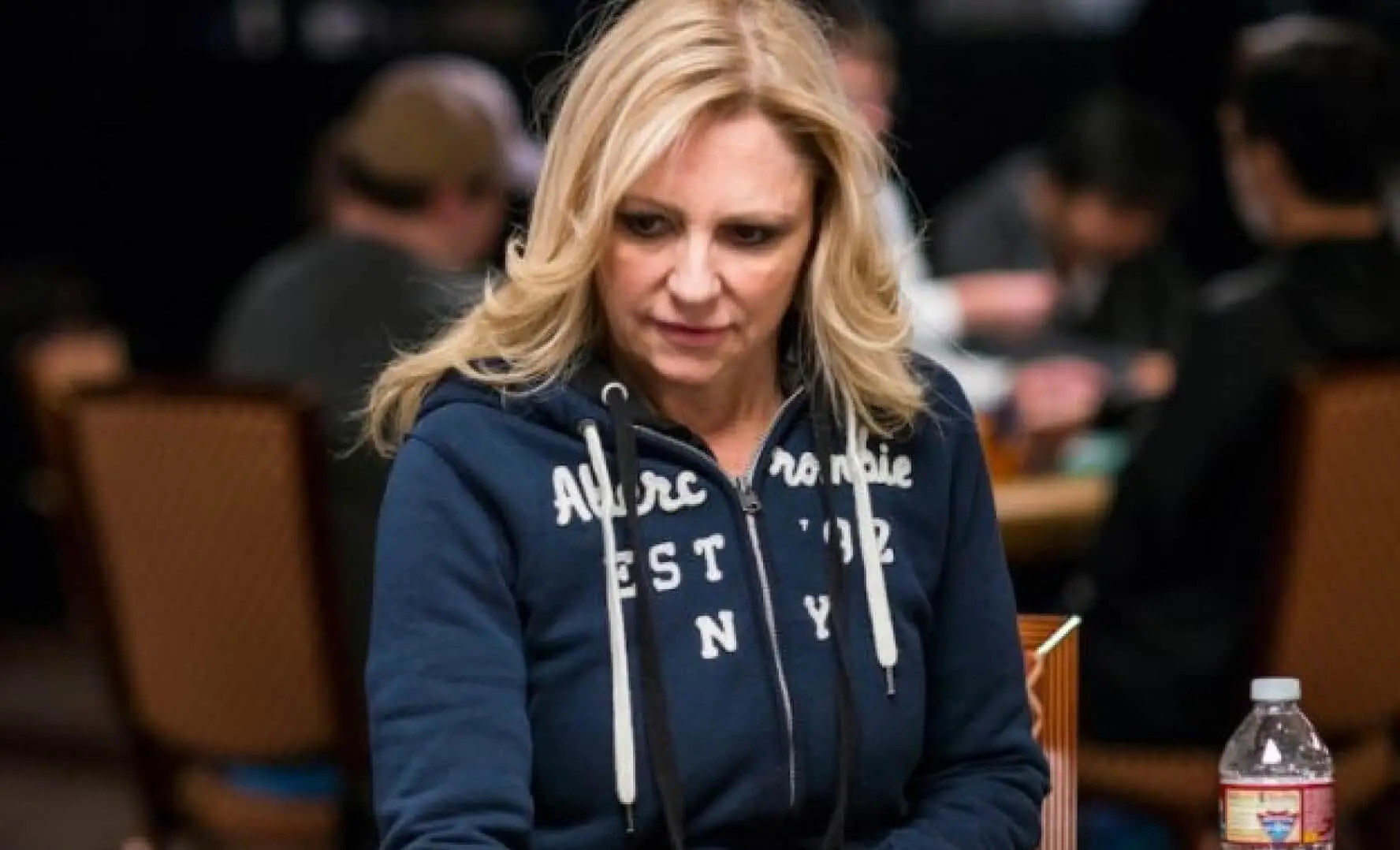
When the poker boom was in full bloom throughout the noughties, there was only one female poker…
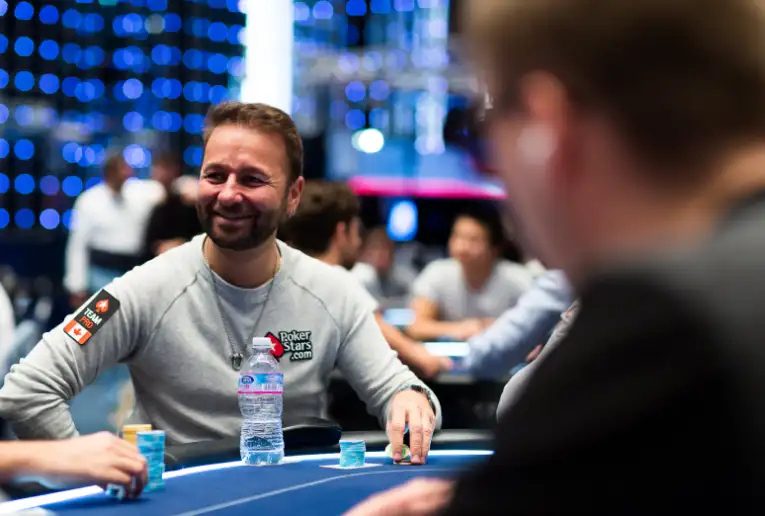
The question of who is the world’s best poker player will never accurately be answered…
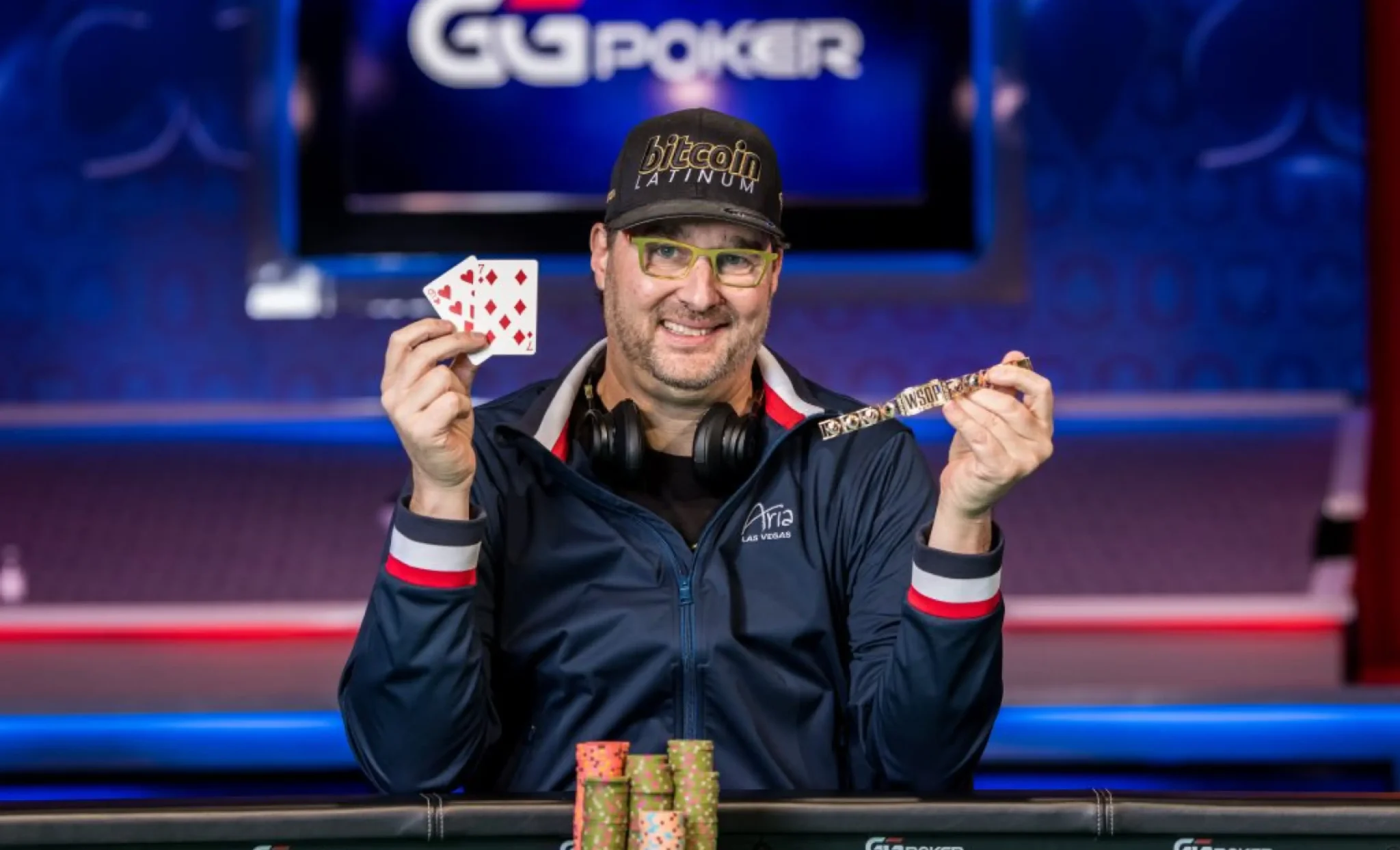
The word ‘polarizing’ is commonplace in poker, although it’s often reserved for strategy…
Legends of Poker
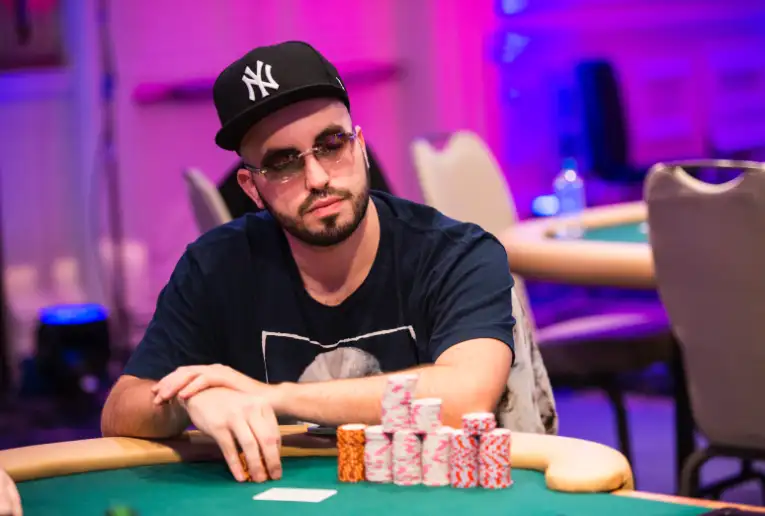
10 Of The Best Male Poker Players In The World
Who are the world’s best professional poker players? This page lists 10 of the top male…
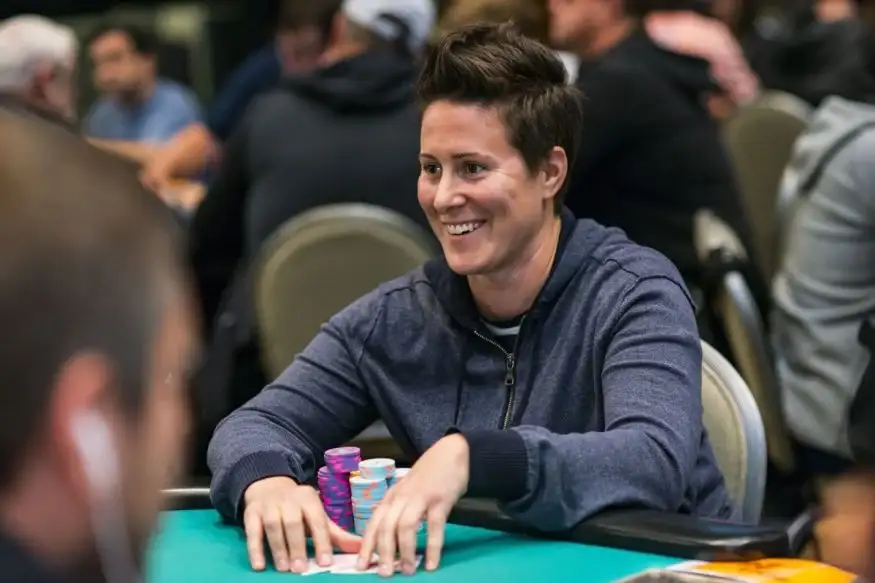
10 Of The Best Female Poker Players In The World
We’ve listed the top 10 female poker players, including what tournaments they won and…
Play Texas Hold’em for free at our no-risk practice tables! No downloads, deposits or accounts needed.
What Next?
Discover poker news stories from our CardsChat community members as well as free poker strategy guides to help raise your game to the next level. When you’re ready to play for real take a look at our guide to the best real money poker sites.